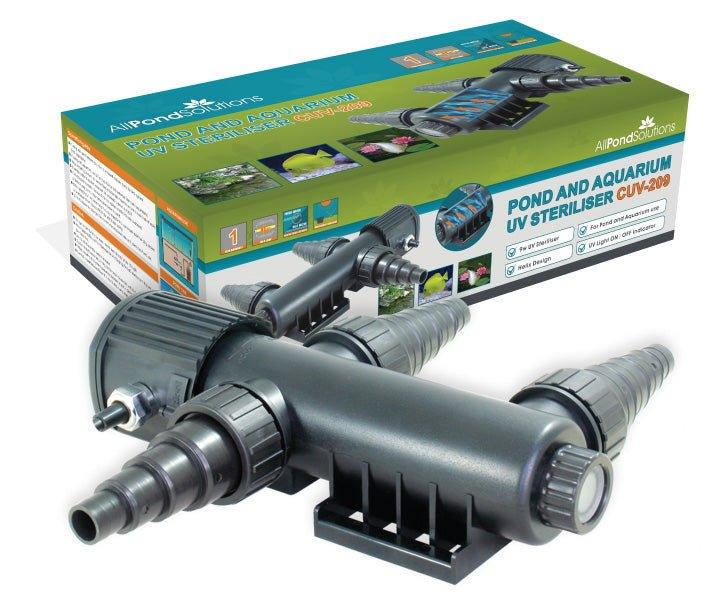Scientific Name: Apistogramma agassizii
Please note – The image used above is for illustration purposes only; Size, colour and sex may vary. Many of our livestock species are sold as juveniles and have not yet reached their full size and colour potential. If you have any concerns about the size or colour of the livestock you wish to order, please contact our livestock team via our support centre before placing your order. Due to the large quantities of livestock orders daily, the livestock team will are unable to select fish / shrimp to meet specific gender or aesthetic needs.
Approximate purchase size : 3.5 - 5cm
All Pond Solutions will always endeavour to supply as close to the approximate size range as possible. Due to variations from suppliers on rare occasions this may not always be possible. Images used are to show the full potential of the fish when fully mature and are not always representative of juvenile specimens.
How easy are they to care for?
Captive raised species are quite happy given the correct water quality. Wild specimens can be more picky.
How large can they grow?
Male 7.5cm, Female 5cm
Where in the world are they from?
Ranges throughout the Amazon basins upper basin, Peru and into the Capim River in Brazil.
What is the ideal number to keep together?
Best not kept with other species of Apistogramma or small species that can be easy prey, otherwise they are quite happy in range of tanks.
What water conditions do they require?
Temperature ranges of 22 - 29 Celsius and will accept pH ranges as low as 3.0 - 4.0 when breeding.
What should you feed them?
Live foods will be greatly accepted as well as frozen foods such as Blod worm, Artemia and Daphnia. Captive bred species will happily accept sinking pellets.
How compatible are they with other fish?
More than happy to live in a general community tank with medium sized fish not small enough to be seen as prey. Also should not be kept with other Apistogramma species in small to medium sizes tanks.
Can they be bred in captivity?
Whilst possible the requirements can be quite demanding such as the very low pH required. Spawns in the substrate around crevices in the decor. The female is largely in charge of post spawning care of the eggs and fry.









